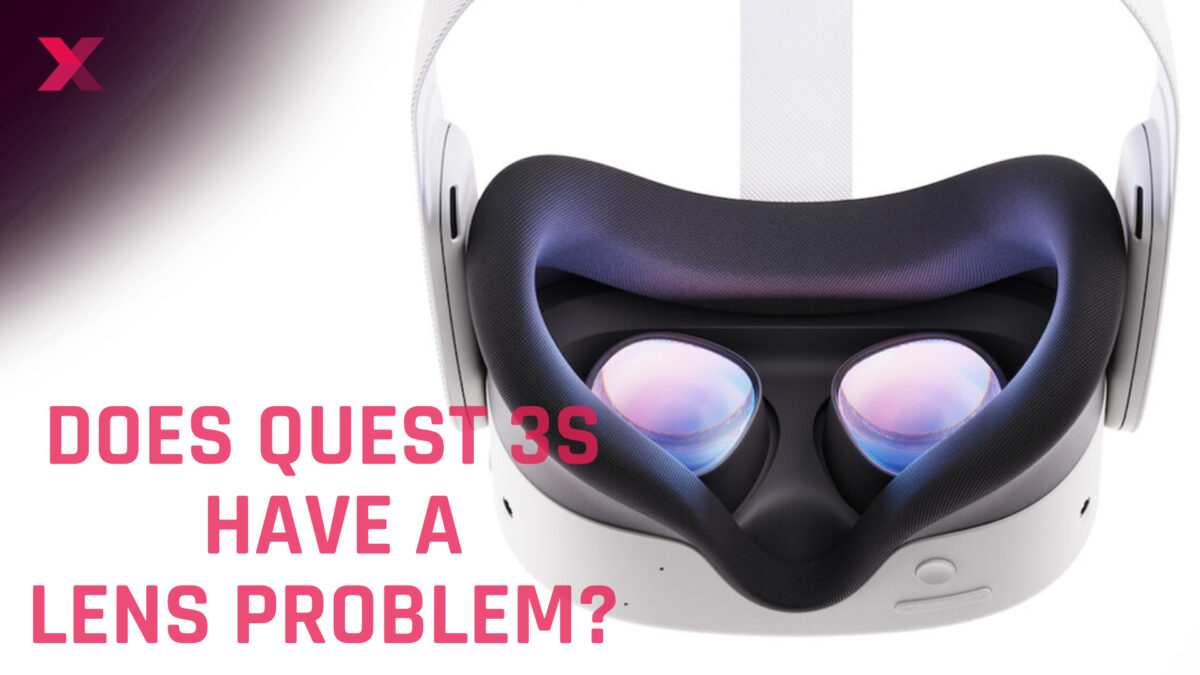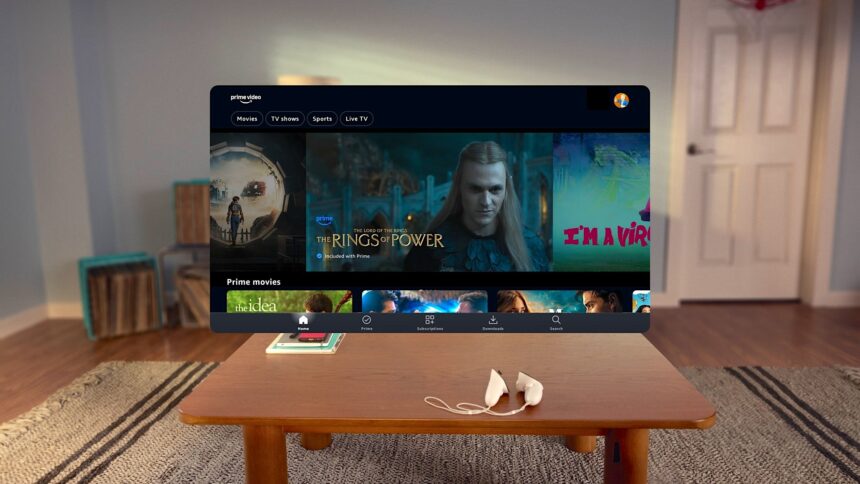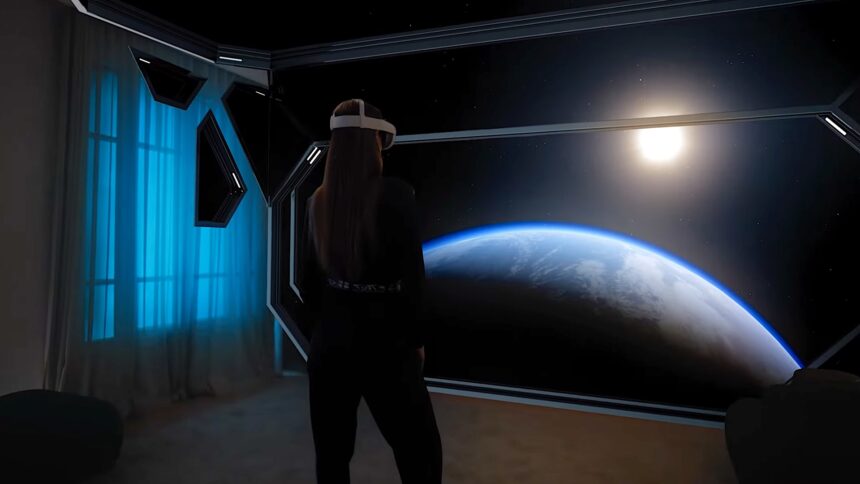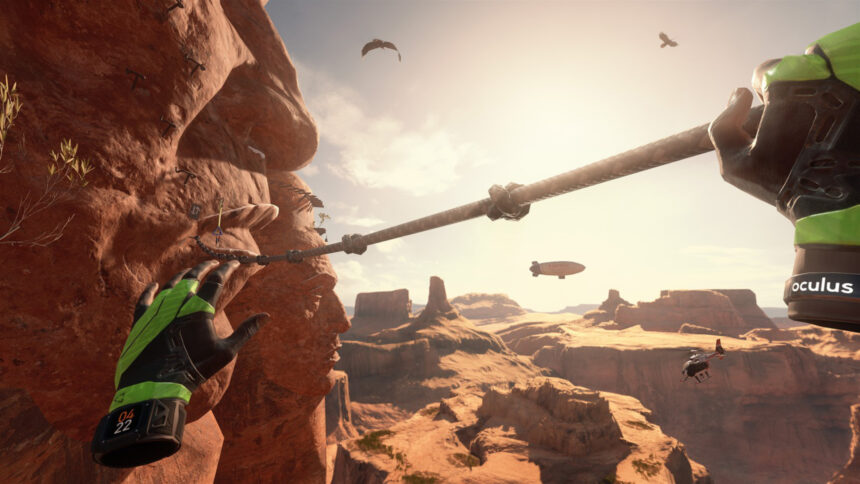Meta Quest 3S: Lenses are the weak point

With the Quest 3S, Meta offers an affordable VR headset with a powerful chip but outdated Fresnel lenses. Perhaps a mistake considering the target audience.
I recently attended a film festival in Austria and took the opportunity to introduce the Quest 3S to people who have no VR experience but are generally interested in the technology — exactly the target group for the Quest 3S.
What I was particularly interested in: How do VR newbies rate the quality of the Fresnel lenses?
- Note: Since we did not have a review unit available when the Quest 3S was released, we decided to take some time to review the headset and try it out in various scenarios. This article is not meant to be a buying guide. A full review is still in the works.
Content
Quest 3S is really a Quest 2 Pro
In order to keep the price of the Quest 3S low, Meta has dispensed with the pancake lenses and their outstanding clarity that are found in the flagship Quest 3. As first teardowns show, the Quest 3S is basically an upgraded Quest 2, including its lenses, LC display and IPD mechanism.
The Fresnel lenses used in the Quest 3S have a sweet spot in the center of the image due to their design, and become increasingly blurred towards the edges due to the lens' ring sharpening. They are also prone to reflections. Since I have been using the Quest 3S, I have noticed exactly these negative points.
For me, the Fresnel lenses are the clear weak point of the otherwise rock solid VR headset. However, I am not a typical entry-level headset user, and I am used to higher quality lenses. So I wanted to see how the Fresnel lenses would be received by my two test subjects, who had never worn VR headsets before.
Scenario 1: The virtual screen
I introduced the Quest 3S to two movie podcasters — complete VR novices — in my hotel room, and we started with a virtual screen. The two "test subjects" watched an episode of Batman: The Caped Crusader on the new Amazon Prime Video app for Meta Quest.

With the Amazon Prime Video app for Meta Quest, you can place a virtual screen anywhere in the environment. | Image: Amazon
The insertion of a virtual screen into the physical environment was enthusiastically received by both movie fans. There was no criticism of the resolution. After all, it feels about the same as a conventional movie theater screen — as long as you look through the sweet spot.
However, both quickly questioned the sharpness of the image and whether it was normal for the image to be so blurred at the top, bottom, and sides.
They both found it very unintuitive and unnatural to have to constantly move their head with the viewing direction. When watching movies or reading, they found the uneven sharpness very distracting.
Scenario 2: Mixed Reality
The virtual screen was followed by the first mixed reality experience for the podcasters. I immersed them one by one in the Astra space app.
At the beginning of the game, you find a virtual box on the floor, from which you have to remove various objects and insert a cassette into a recorder. Then you go to the bridge of a spaceship, which offers a view of the universe through large virtual windows in physical space.

In Astra, your living room becomes a spaceship and offers a view into space. | Image: Astrea / AtlasV
Using the VR controllers was no problem. Both intuitively and correctly opened the box and removed the objects effortlessly. The blending of the two realities felt amazing, both said. But again, the lenses clouded the overall impression.
One of the two testers even complained of slight nausea, which he said occurred when he bent forward for a while with his head down and rummaged around in the box, while the image was not uniformly sharp.
Scenario 3: Virtual Reality
As a third and final application, I presented them with virtual reality and sent them into a canyon in The Climb 2. In the fully immersive environment, the blurring at the edges suddenly became irrelevant.

In The Climb 2 you climb in canyons, cities or Scandinavian mountains. | Image: Crytec
Both were overwhelmed by the virtual environment and completely immersed in it. Both also mastered climbing intuitively. I refrained from using VR apps with artificial motion because I wanted to avoid the risk of motion sickness at all costs.
Conclusion on the Quest 3S by two VR newbies
Overall, the two VR newbies were thrilled with the Meta Quest 3S. They found both mixed reality and virtual reality overwhelming and had no complaints about the resolution and sharpness in the sweet spot. They found the Quest 3S and its features very exciting and could see themselves buying a headset. However, both would prefer a VR headset with clear lenses throughout, even at an additional cost.
It is interesting to note that in a fully immersive environment, blur was no longer an issue. In VR, neither subject complained about a lack of image clarity. It seems to be a question of environmental stimuli. If there are enough of them, the blurriness at the edges becomes a minor issue, at least temporarily.
The uncomfortable fit was also criticized. The standard headband presses the VR headset against the front of the face, causing uncomfortable pressure points — a common problem with Quest headsets, but one that can be easily solved by purchasing accessories such as headbands or face pads.
My opinion: Fresnel lenses are not beginner-friendly
As suspected, the lack of edge-to-edge clarity of the lenses proved to be the biggest criticism. If you are not used to VR glasses with Fresnel lenses, you have to move your head unnaturally to look around instead of just letting your eyes wander. Both testers found this very uncomfortable.
With an affordable entry-level device with lots of great features, Meta wants to attract new customers who will stay in the ecosystem and spend their money there. In my opinion, this cannot be achieved by compromising on image quality. It's not for nothing that the Meta Quest 3, with its excellent pancake lenses, has the highest retention rate of all Meta VR glasses to date.
Today, most people are used to looking at high-resolution screens. A clear, crisp image is standard when consuming media. Without this, the Quest 3S could quickly end up on the shelf as a dust collector after the initial wow effect.
I've always found the lack of clarity at the edges and the reduction of image sharpness to a sweet spot to be a major problem with VR headsets — regardless of whether it was Quest 2 or Playstation VR 2. With Sony's VR headset, the lenses were one of the main reasons I stopped using the headset, in addition to the lack of comfort.
When I switched from Quest 2 to Quest 3, it wasn't the graphics or resolution that kept me in the headset, but the consistent sharpness of the image — even when the headset slipped a bit. So I think a slimmed down S version with pancake lenses would be a better option to build a larger VR user base in the long run — even if it might not be possible until the fourth generation of Quest.
Note: Links to online stores in articles can be so-called affiliate links. If you buy through this link, MIXED receives a commission from the provider. For you the price does not change.